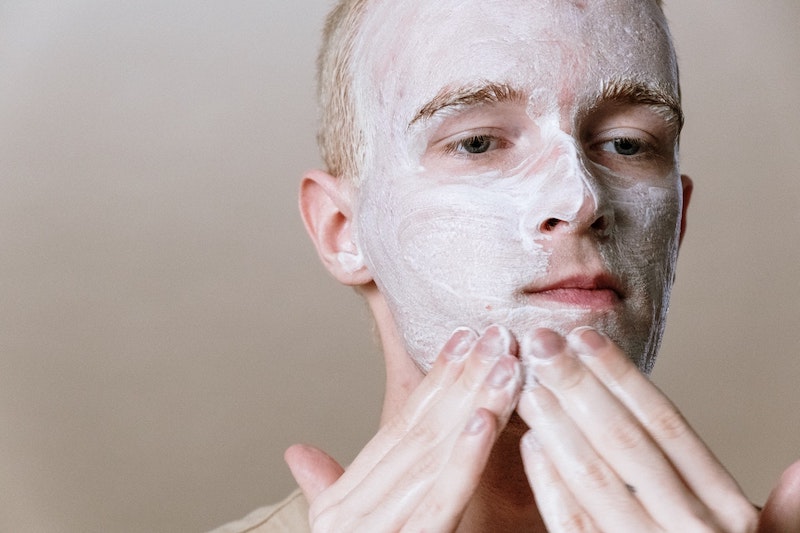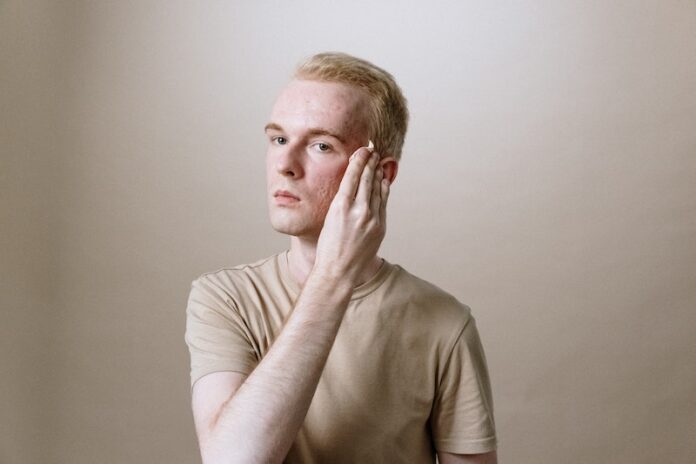Acne scars are very prominent on the face and back. Between the ages of 11 and 30, 8 out of 10 people will develop acne, which will potentially lead to acne scarring. Scar reduction includes the use of either over-the-counter drugs or one or more specialised treatments from a dermatologist. One of the most recommended treatments would be a laser for acne scars. These treatments have been proven to provide substantial results throughout the years that it has been utilised.
While not everyone is capable of availing of such cosmetic treatments, having knowledge about acne and acne scars may save them from developing them.
Acne: Causes
When microbes, oils, and dead skin fill and inflame pores, the tiny holes in the skin from which blood and sweat come to the surface, an acne lesion develops. Every hour, 40,000 cells fall off your skin, but these dead cells will clog a pore. Whiteheads and blackheads are the product of clogged pores that are often tiny. These pores may become inflamed, resulting in other forms of acne.
Acne is the most serious skin problem on the planet. Well, that is if you’re starting to pay more attention to your appearance, just like many of us. It would affect about 80% of people between the ages of 11 and 30. Acne develops in teenagers as a result of their evolving hormones. Stress, the environment, menstrual cycles, oil-based drugs, and birth control pills are all to blame in adults, though hormones can still play a part.

Types of Acne
Acne can manifest itself in a variety of ways. Whiteheads and blackheads are common, and they usually recover without a hitch. But then there are those kinds that can be quite troublesome to treat, and such include cysts, papules, nodules, and pustules. Cysts are the kind of acne scars that will most likely lead to scarring. This happens as the pus substance reaches the deeper layers of the dermis. Such can also be very painful and filled with pus. As for papules, the skin lesion may cause some pain when touched and has a red bump appearance.
Nodules is another acne type that can leave a scar when it starts to heal. This acne lesion can also be painful, just like cysts, as it also affects the deeper layers of the skin. Lastly, pustules have a red base with a white or yellow ‘eye’ at the top.
Why does acne lead to scarring?
There are three major levels of it—the epidermis, dermis, and hypodermis. The layers shield your delicate internal organs from the elements, UV rays, and bacteria, and they also aid vitamin D production by absorbing sunlight. Acne may affect any area with sebaceous glands, particularly the face, back, and chest.
Acne scars are the product of acne blemishes being inflamed. The acne pore swells, and the pore wall begins to break down. Any acne blemishes are thin, leaving superficial scars that heal easily. Blemishes will also leak their contents into the underlying skin, causing further scarring.
Acne scars can take one of two forms: either a scar grows as tissue is lost, resulting in an indentation in the skin’s surface, or a scar develops that is elevated on the skin’s surface. In reality, this sort of acne scar indicates that your skin is doing its job. Your skin produces collagen to aid in the healing of the acne lesion, but so much collagen causes raised scars. It’s important to remember that just because you have acne doesn’t mean you’re susceptible to developing acne scars. And if you are, don’t worry: not all acne marks are lasting! There are treatments available. Such therapies will almost completely erase wounds, while others assist the skin in healing itself with its own collagen.
Types of Acne Scars
There’s nothing fun with acne, most especially when it leaves scars on our skin. A person who gets an acne breakout will most likely develop several acne scars of a different kind. Yes, this can happen to anyone. That’s why it would be best that you consult with a dermatologist to know what acne scar treatment will work effectively on your acne scars.
- Boxcar scars: These type of acne scars are indentations with rough tips. Those edges pierce the skin deeply.
- Ice pick: This sort of acne scar is shaped like a tool, with a large opening at the top that narrows to a point as it penetrates deeper into the skin. Ice pick scar is normal, and it’s also one of the most difficult to repair. You may find this kind of acne scar at the forehead or cheek area.
- Keloid scars: These are scar tissue patches that protrude from the skin. They occur as fibrous tissues, such as collagen, in the skin’s area overgrow.
- Rolling scars: These scars usually appear on the lower cheeks and chin, where the skin is smoother. The skin is irregular and wavy due to the sloping margins of the indents.

